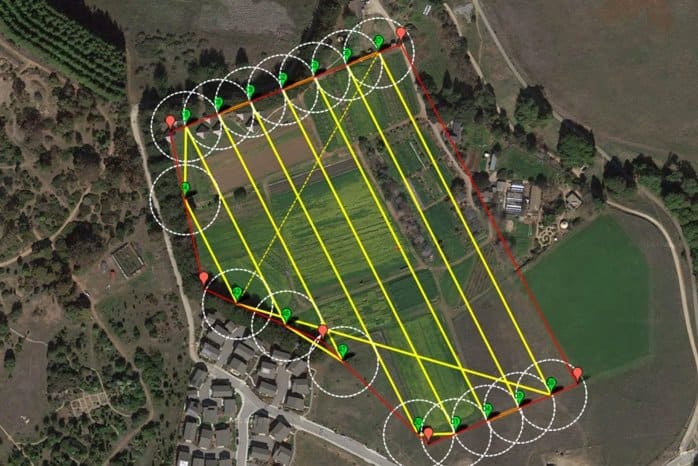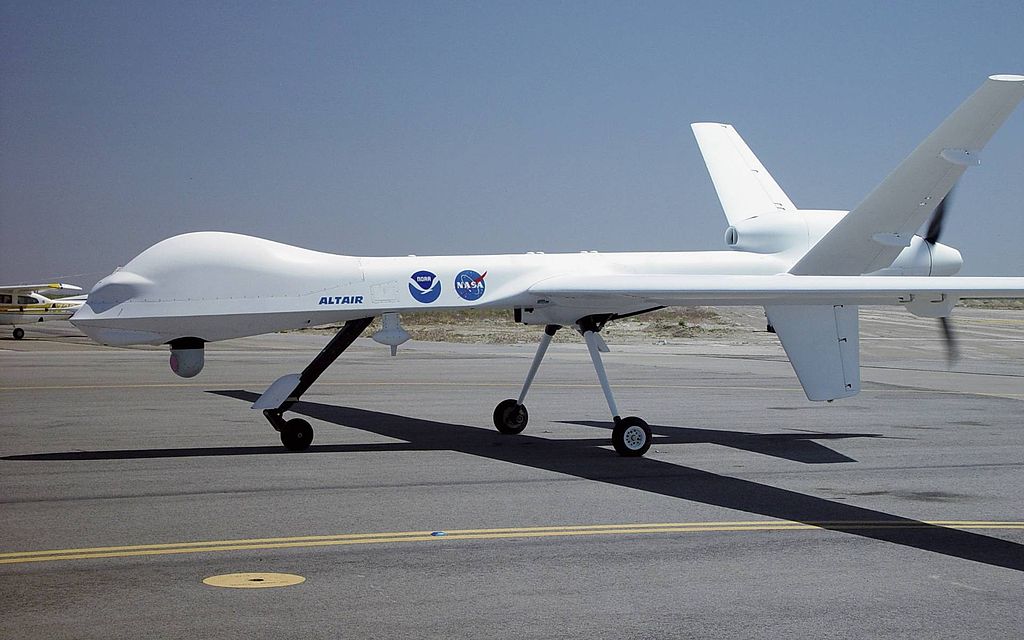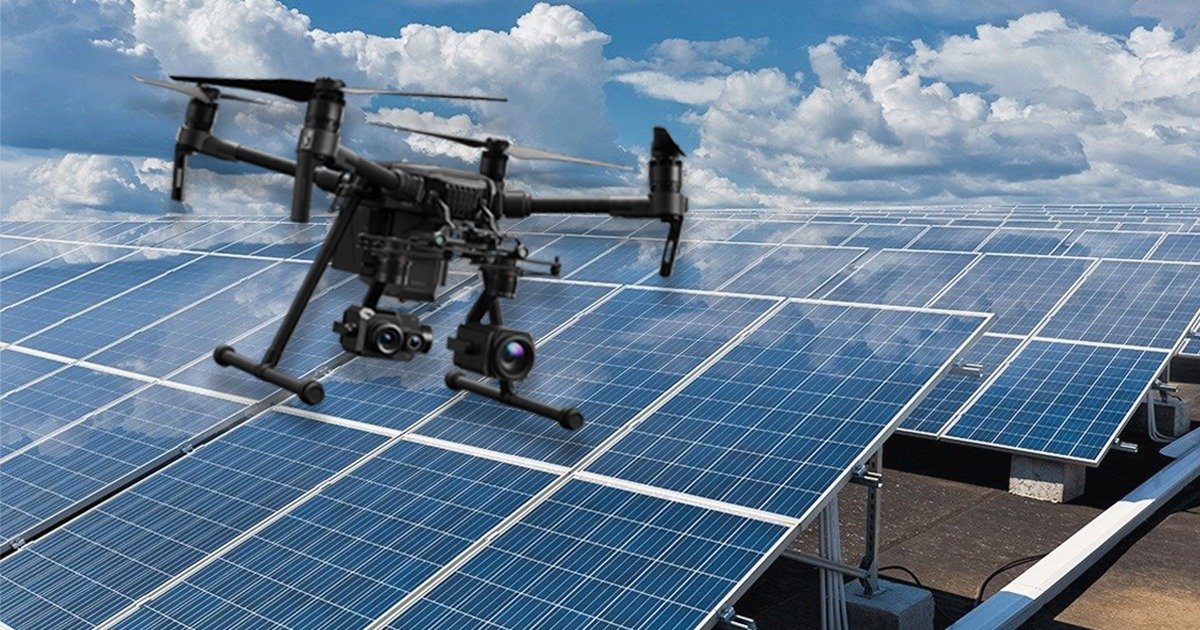
The DJI Spark is a mini drone with the trademark DJI technologies that have made DJI so successful. The DJI Spark offers intelligent flight control options, a mechanical gimbal, and an incredible camera. Even novice pilots can capture amazing footage. Learn how to fly this mini drone and get the most out of it! Continue reading to find out more. *** What's so special with the DJI Spark
Yuneec Breeze
The Yuneec Breeze and DJI Spark are both compact drones that can be carried around easily. It is easy to see the differences in size, weight and portability when you compare them cote–to–cote. Spark is less heavy than 312g. Both drones can withstand drops as well as other bumps thanks to these features.
Both drones offer 4K video recording. Camera shake can occur with the Breeze because it does not have a mechanical grip. The DJI Spark records 4K videos faster and has better image stabilization. Both drones come with a GPS built in to locate their exact location in real-time. Both drones can both be controlled using hand gestures. You can choose the drone that suits your needs best.

Hover Camera Passport
You've likely seen the Dji Spark Hover Camera Passport if you're looking for an aerial camera capable of taking great photos. The sleek carbon fiber body allows you to take photos in mid-air thanks to its enclosed carbon fiber body. It can even recognize faces. Its simplicity is what makes it so appealing. It does not require any complicated controls, nor is it time-consuming. You can also carry the camera in a small bag or backpack.
This camera offers many of the same features and functions as the Spark. You can turn it on and launch it with one hand. It also recognizes your face and can follow you without a controller. It can also be controlled using gestures. The Passport's cameras are far more powerful that the Spark. The Passport has a 13 megapixel camera and 4K video record. If you plan on using the camera in harsh terrain, we recommend purchasing this camera.
DJI Mavic Air
While the DJI Spark For Mavic Air and Mavic Pro drones have similar sizes and prices, there are many differences. One of the biggest differences is the battery life. While the Mavic Air claims a flight speed of 21 minutes, it hovers for 18 minutes. The Spark has a flight time that is only 16 minutes, and hovers for around 12 minutes.

The Mavic Air has improved its accuracy thanks to the use of sensor technology. The drone now features backward-facing sensors as well as an advanced pilot assistance system called "APAS", which allows it to fly around obstacles. Just tap the Mavic Air with your palm to start the flight. Once it recognizes your hand, the drone will take flight and fly around obstacles.
FAQ
What is the law on drones flying over private property?
New rules have been issued by the FAA for commercial drone flying. These rules apply to UAVs with a weight less than 55lbs and that fly at a height of below 400 feet from the ground. Commercial operators must register at the FAA and apply for a license. Local authorities must also approve them if they are operating near airports or in other restricted areas.
What is the difference between a quadcopter and a hexacopter?
A quadcopter, a four-rotor helicopter, flies just like a helicopter. The quadcopter has four independent rotors. The hexacopter can be described as a quadcopter but has six rotors, instead of the usual four. Hexacopters have more stability and maneuverability than quadcopters.
What laws are there regarding drones flying?
The Federal Aviation Administration (FAA), which regulates all aspects drone operations in the United States of America, is responsible for them. The FAA must issue a certificate before you can commercially operate a drone. Next, you will need to complete a course in flying skills and pass an exam. Finally, you must pay a fee to the agency.
Traveling with a Drone?
Drones are becoming more popular, both for personal and business purposes. They are used for video, filming aerial mapping, search &rescue, and many other purposes. The FAA has recently approved several new drone regulations, which include requirements for registration, licensing, pilot training, and insurance. These changes will ensure that drones continue to be safe for all.
Statistics
- With the top 10% making over $100/h and the bottom 10% making as low as $10/h. (dronesgator.com)
- According to the multiple listing service (MLS), houses and apartments with drone photographs are up to 68 percent more likely to sell than those without pictures. (thedroneu.com)
- According to industry research from ZipRecruiter , there are 10 cities where the typical salary for a Drone Pilot job is above the national average. (dronesgator.com)
External Links
How To
How to Fly Drones at a Beginning Level
A drone can be used to fly remotely controlled aircraft for photography, surveillance, scientific research, hobby and commercial purposes. The technology behind drones has been around since World War II. DJI introduced their Phantom series of quadcopters in 2010, but commercial use only began in 2010. Many types of drones have been made available since then, from beginner-friendly models such as the Parrot AR Drone 2.0, to high-end multi-rotor craft such as the DJI Mavic Pro.
There are many options for flying a drone.
-
Remote control - This method uses a control device attached to your hand, which enables you to steer the drone through its flight path. There are two types of controllers available: joysticks and on/off switches.
-
Manual Control - This method uses a smartphone app to remotely control the drone using GPS coordinates. The app will provide instructions and help you to locate the drone.
-
Autonomous Flying - This allows the drone to take over all of the piloting duties. It allows the drone to fly independently without any human intervention. It must have a builtin camera, sensors capable of taking images and data to enable autonomous flight.
-
Triggered Flight – This method is very similar to manual flight. The pilot creates a route that the drone will follow until it reaches the destination. Once the programmed route is completed, the drone lands automatically and returns back to the base.
-
Landing Gear – Some drones are equipped with landing gear, which allows them to safely land if they lose power during flight.
-
Goggles - Some pilots wear goggles to protect themselves from debris while operating.
-
Camera - Some drones can be equipped with cameras which enable you to capture photos from the sky.
-
Obstacles - Some drones can be equipped with obstacle avoidance systems that prevent them from crashing into obstacles.
-
Speed - Some drones can travel at speeds over 40 mph.
-
Battery Life - Most drones can last between 20 minutes to 3 hours, depending on how much power you're using.
-
Range - Some drones can travel upto 30 miles depending on their models.
-
Power source - Not all drones can use an external power source. Others can run on internal batteries.
-
Weight - Some drones can be as light as 1 pound while others can reach 4 pounds.
-
Size - The size of drones varies from small, easily carried devices to more substantial crafts that weigh in excess of 50 pounds.
-
Price - From high-end models that cost thousands of dollars to low-cost options that start at $100, all drones fall under a certain price category.